If you liked the fun and still ferocious M3GAN, here are a few other stellar films that deliver the genre goods despite a PG13 rating.
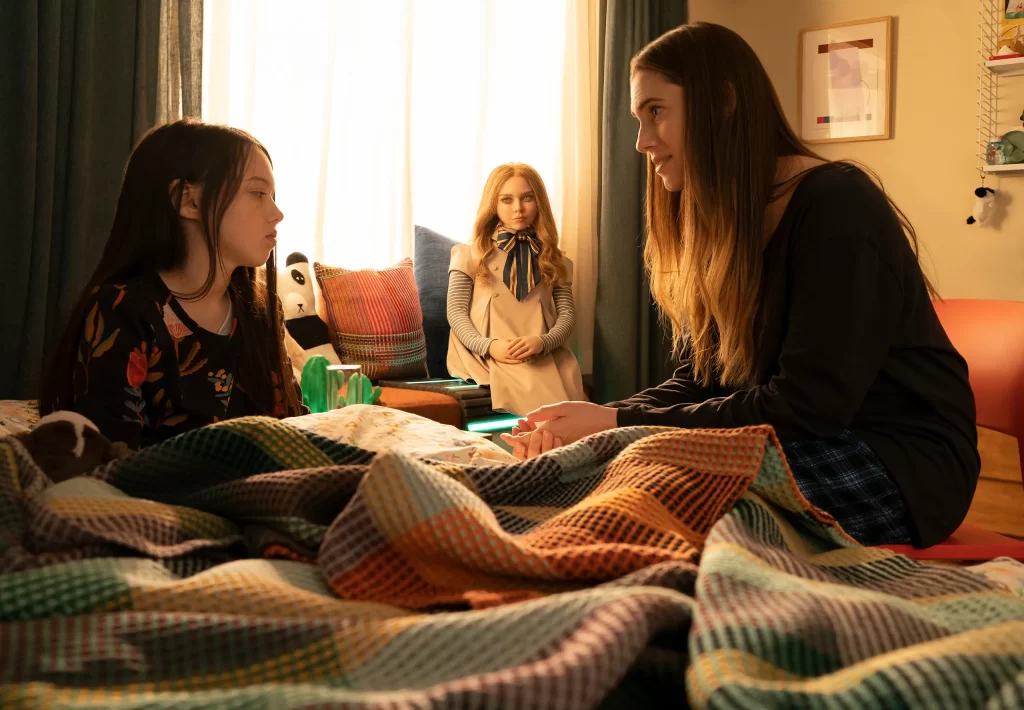
There’s a rather vocal (and sometimes horrifying) cross-section of horror critics and fans who would suggest that there’s one important ingredient to any great genre film. Without it, they vehemently suggest, you’re no longer watching a horror movie.
No, one doesn’t necessarily need a mute slasher, nor does one need a creature inspired by the full moon, they say. A good horror movie, by their calculations, doesn’t even need jump scares or strange sounds that go bump in the end. But unequivocally – again: according to this audible league of fans – a horror movie is not a horror movie if it hasn’t earned that coveted R rating.
Anything less is corn syrup, leaving much to be desired when the viewer hopes to be bathed in blood.
The argument certainly received lip service in the weeks leading up to the James Wan-produced deadly dolly picture M3GAN. But by the end of the film’s opening weekend, the movie’s PG13 rating did little to douse the flames of an incendiary horror debut. The film, according to Forbes, would earn close to double its entire budget in its opening weekend.
Casting aside some of the picture’s reviews and its campy sensibility, M3GAN was not plagued as a horror film with the general audience of the local high school.
Because long before the MPAA established a rating system for major motion pictures, the Universal monsters proved they knew how to frighten audiences.
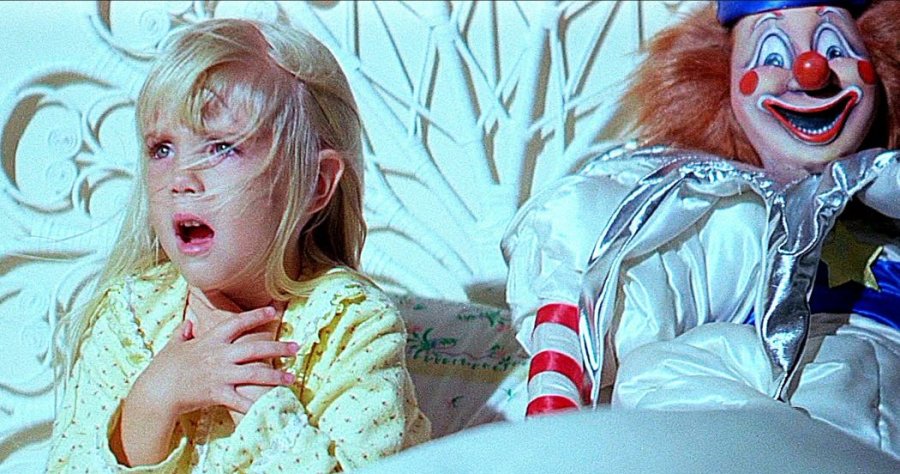
Proof PG13 horror can be great; Poltergeist is terrifying with only a PG rating.
The manner of their success was simply black and white.
And into the 1960s, 70s, and 80s, some horror films (Romero’s Night of the Living Dead, 1968; Jaws, 1975; and Poltergeist, 1982, to name only a few) were more effective examples of the genre with no more than a PG rating or no rating at all.
To suggest, then, that horror depends on an R rating is as myopic as suggesting “sexy” is dependent upon graphic nudity; elementary schoolyard logic at best.
Whether you’re still reluctant to believe that a horror film can deliver the goods with anything less than an R rating, or you’ve seen the light and understand that horror is nuanced and can come in forms seemingly as appropriate for children as hardened adults, this brief list of 21st Century PG13 horror pictures might be precisely what you need to haunt you in the pint-sized shadow of M3GAN.
Whether you’ll pull up a bean bag or a La-Z-Boy, know that the horrors await here don’t care how old you are, because nightmares don’t either.
1. The Others (2001)
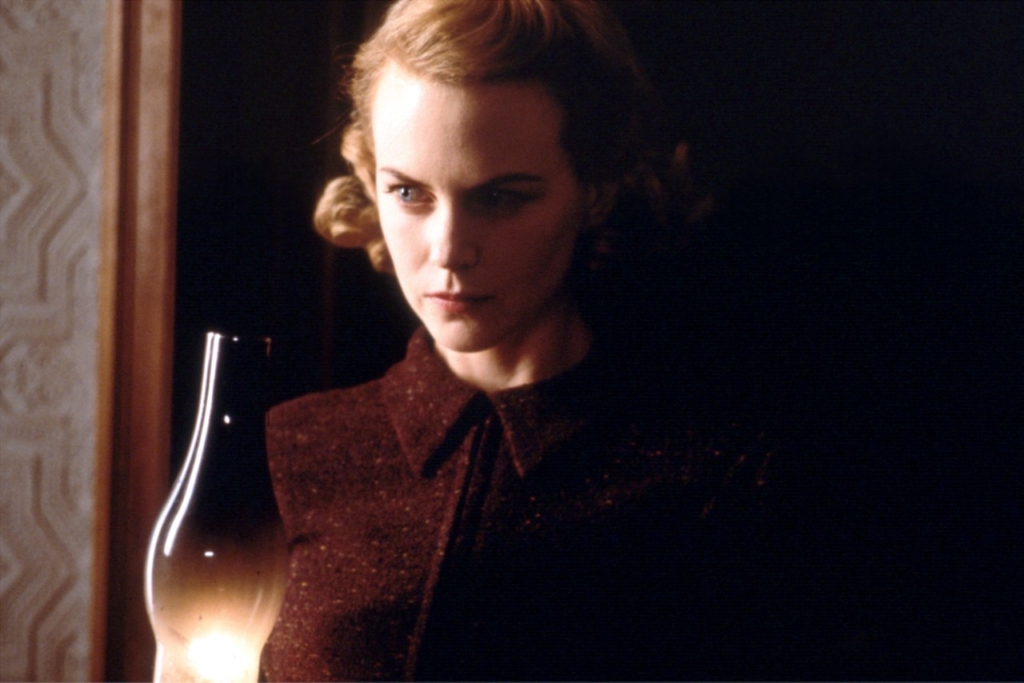
Alejandro Amenábar’s The Others couldn’t have come at a more perfect time, on the heels of one of the most fruitful years for horror filmmaking, which included the release of 1999 cinematic remakes The Haunting and House on Haunted Hill.
Those films, including others released that year, resurrected the ghost story horror movie, providing Amenábar’s film with a unique opportunity to tell a classically quiet yet unnerving narrative of the thin veil that exists between the living and the dead.
Ultimately, it’s a piece of 19th Century ghostly storytelling made human for the big screen, haunting the viewer like few ghost stories could.
And whether one sees it as a throwback to old-school ghost stories or as a creepy comment on the ways of the contemporary world, it’s important to understand that what scares us is rather timeless.
The film remains a rare staple of the cinematic genre simply because it’s such an exhilarating example of an old-school spectral narrative.
Nicole Kidman was nominated for a Golden Globe and BAFTA Award for her performance, and Amenábar was nominated for a BAFTA Award for Best Original Screenplay, an uncommon accolade for a horror film.
But the PG13 chiller, The Others, was truly an uncommon film upon release.
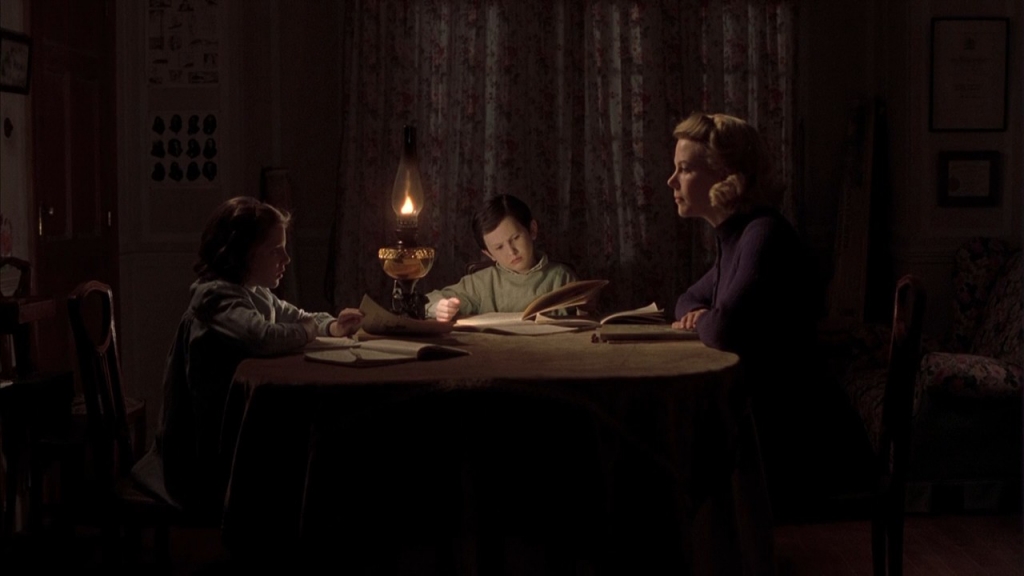
The production tells the story of Grace (Nicole Kidman), the mother of two children with a history of photosensitivity. And shortly after hiring three servants, Grace begins to suspect that the house is haunted by “others,” supernatural entities who appear to maintain ethereal control over the home.
As Grace continues to exert control over the house and shield her family, she discovers that the haunting that threatens her and her own is closer to home than she could ever imagine.
The film is also so eerily prescient today, which is an important distinction to make about horror movies, in general.
In the wake of a pandemic that found audiences hiding from potentially deadly neighbors, The Others as a film insists on a certain comment about mankind’s propensity to protect itself from a foreign monster.
For those who glimpse in the film moments where characters would prefer to escape to echo chambers where their understanding of the real world won’t be challenged, The Others provides that opportunity as well. But cut out any societal subtext, and the production succeeds as a fundamental template of what scares us.
And what scares us has less to do with what’s going on in the world than it has to do with our dreams, with what’s going on in our heads, which knows no timeline.
2. Drag Me to Hell (2009)
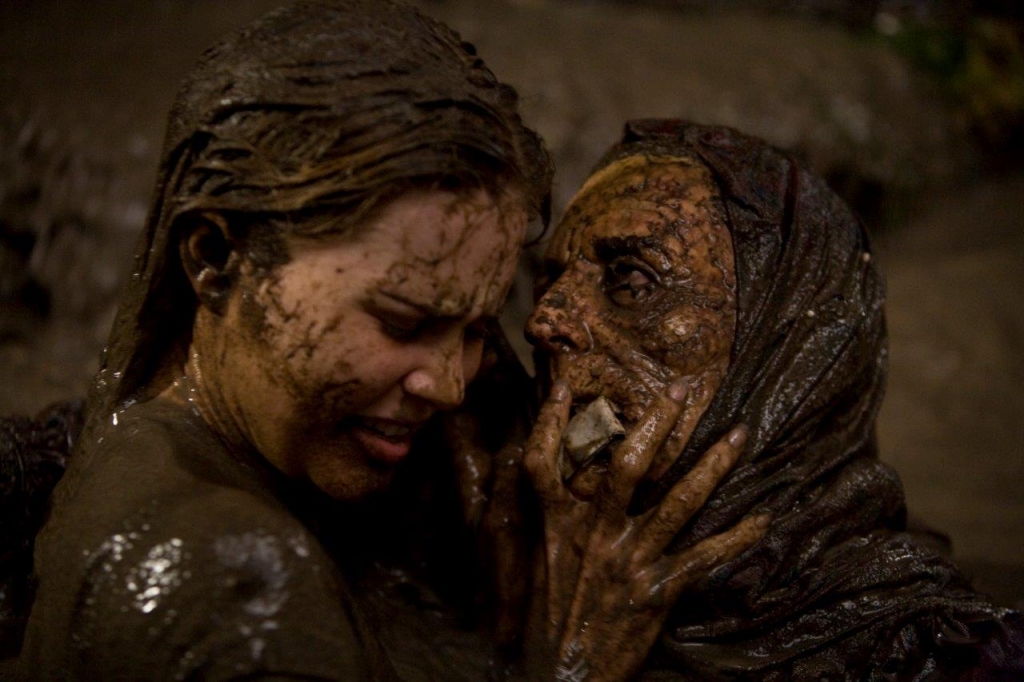
By 2009, filmmaker Sam Raimi had cemented himself as the cinematic mastermind behind the Evil Dead franchise and had even given Spider-Man his day in the multiplex.
When the Uber gory, ultra-gooey Drag Me To Hell was released, it’s safe to say that few viewers were prepared for what they were about to see.
The film was quite the departure for Raimi’s more sustained efforts in franchise storytelling and turned out to be one of the most outrageous roller coasters he could produce – just when his most fervent fans thought they’d seen it all.
The movie tells the tragic(?) tale of Christine (Alison Lohman), who by any stretch of the imagination would appear to have it all.
She has a great job as a loan officer at a bank in L.A. She also has a wonderful, doting boyfriend (Justin Long, taking some more steps on a horror movie journey that would come to include Tusk (2014); Lavender (2016); and, in 2022, House of Darkness and Barbarian).
But in an attempt to impress her boss, Christine turns down an old woman for an extension on her loan, thereby evicting her, and she finds herself the target of a supernatural curse that threatens to escort her right through the gates of Hell itself lest she can discover a way to save her mortal soul.
What’s remarkably charming about this picture is that it plays like a morality tale.
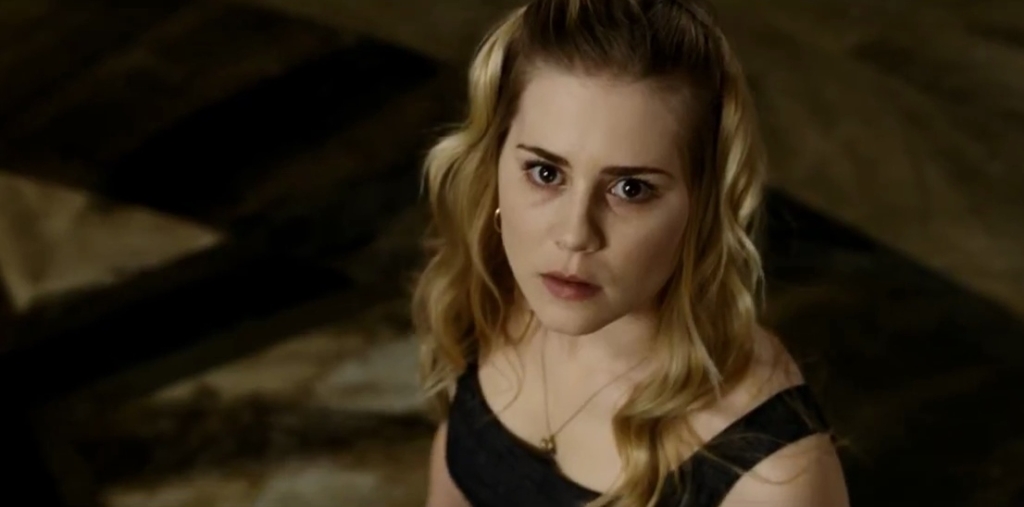
It’s much like a fable of old, meant to instruct the viewer to live a better life.
It certainly remains a unique entry in the overwhelming catalog of genre films, aided in no small part by Raimi’s own distinct flourishes with the camera and special effects, seasoned liberally with Raimi’s penchant for coffee-black dark humor.
What ultimately makes Drag Me To Hell is its conclusion because audiences aren’t prepared for a film that’s willing to go there.
It twists and then twists again until the final sentence of this production is aligned with Christine’s final “sentence.”
The audience should have seen it coming from Raimi. That’s what makes it so divine.
3. The Last Exorcism (2010)
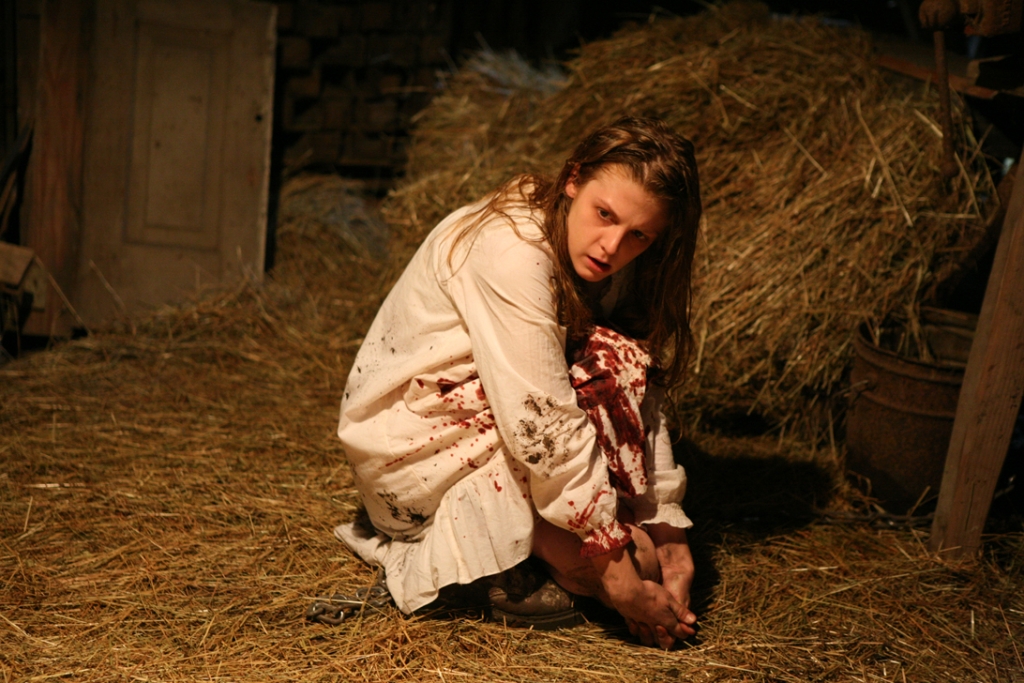
Released long after the industry was saturated with found footage horror films, Daniel Stamm’s The Last Exorcism was already fighting an uphill battle, made no less difficult by the fact that the 2008 kaiju flick Cloverfield had altogether revolutionized the subgenre through its approach to filmmaking.
But the premise of this 2010 sleeper production constitutes more than 50% of what makes it so compelling.
As a child, Cotton Markus grew up in the South – first as a child preacher and then as a fake exorcist – visiting community after community, tricking the public through special effects and theatrics into believing he was capable of saving souls from demons and eternal damnation.
Now a fully-fledged reverend with a cross or two to bear from his deceptive past, Markus (Patrick Fabian) enlists the help of a documentary crew so that he can capture one of his famous exorcisms on video.
In the process, he intends to expose the exorcism industry as fraudulent.
But once Markus and his crew discover that the demonic possession may be authentic, they’ll need more than a leap of faith to survive the confrontation.
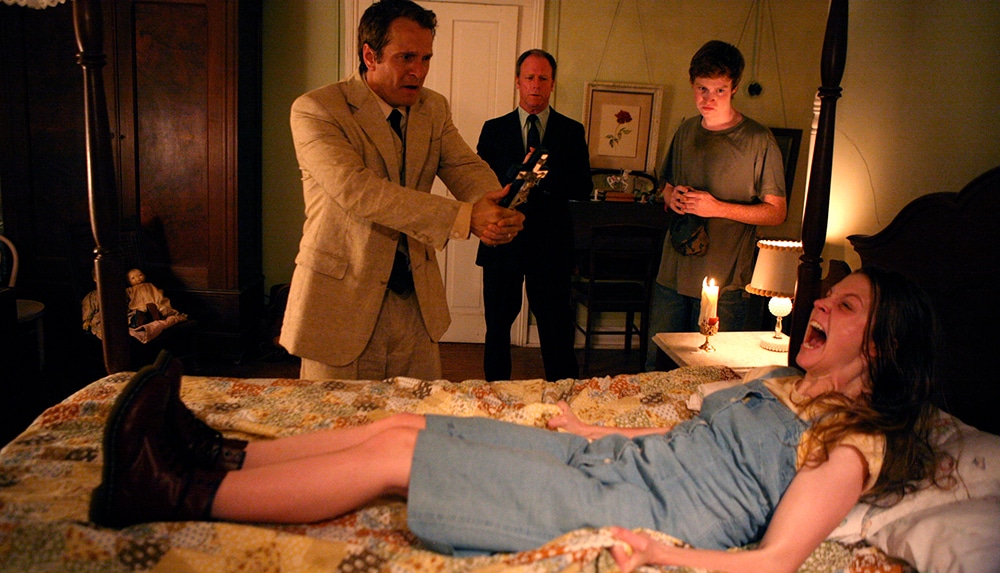
The film didn’t last long in the theaters and certainly didn’t resonate well with most audiences, even though some critics praised the film for some creative jump scares that were specifically aided by the found footage approach to the storytelling.
But accept this picture on its own terms, and viewers may recognize how the entire production possesses a thesis on the power of artifice.
Telling a story of the last days of a broken preacher who bamboozled the faithful is one thing – but told through the mouthpiece of a found footage film that by its very nature is meant to lure the audience into a false sense of reality, The Last Exorcism commits to its mission in telling a story about a crisis of faith.
That’s the least the audience can have faith in as they sit down to this frequently haunting tale.
4. Insidious (2011)
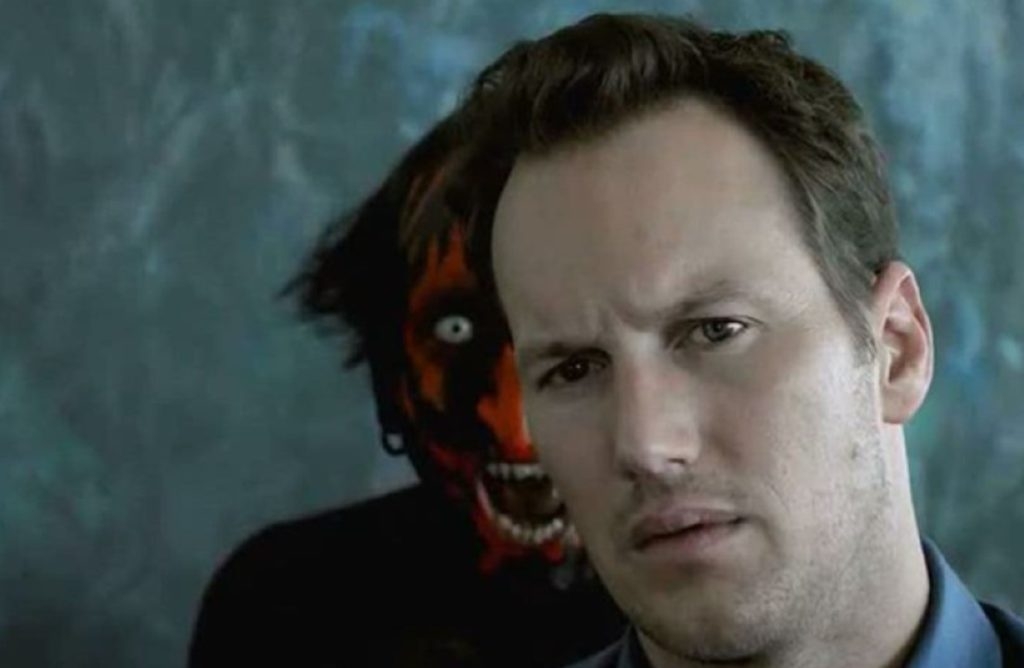
Arguably the most frightening entry here, Insidious was responsible for a number of things, including introducing a new generation of fans to Lin Shaye, welcoming Patrick Wilson into the family of genre filmmaking, and further solidifying James Wan’s place as one of the best contemporary directors of horror.
The film also served as a capable proving ground that would lead then translate into genre success with The Conjuring (2013), a possession film that would team him with leading man Patrick Wilson once again and spawn a number of successful sequels and spin-off projects.
The film is the harrowing story of the Lamberts, a wonderful family who has recently moved into a new home. But when some unexplained phenomena lead to young Dalton (Ty Simpkins) falling into a brief coma, the family moves to a new home to avoid the dreaded entity that momentarily harassed them.
Now settled in a new home where similar poltergeists appear at play, parents Josh (Patrick Wilson) and Renai (Rose Byrne) begin to suspect that it might not be a haunted house – but their own haunted son who threatens to tear the family apart without the help of an intrepid psychic (Lin Shaye).
For those reluctant viewers who may sense that Insidious and its sequels will spell traditional doom for the original picture’s innovativeness, prepare to be surprised.
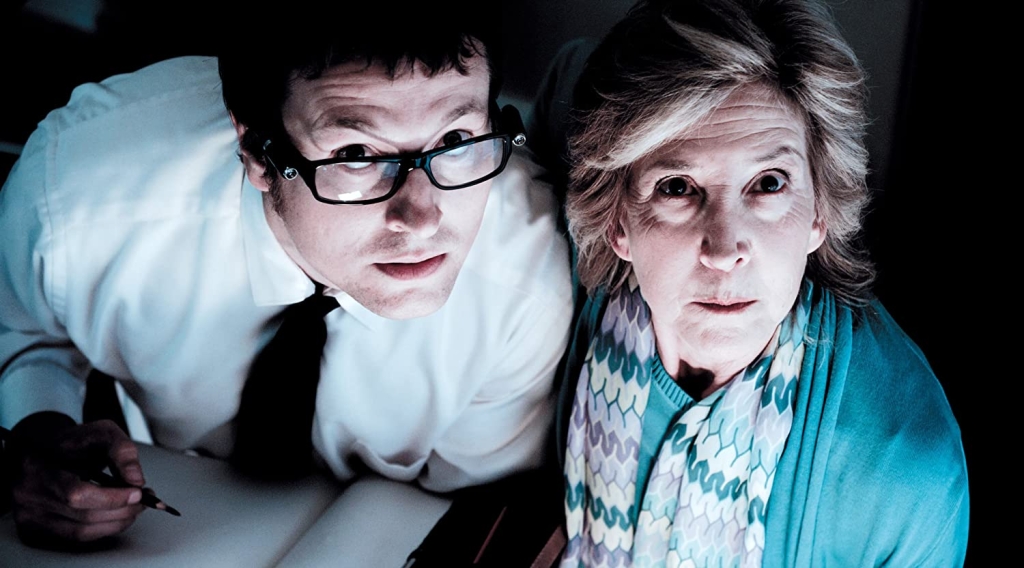
Insidious and its first sequel (simply titled, Insidious: Chapter 2) constitute a truly memorable one-two punch in franchise filmmaking, as the two movies fold over upon one another seamlessly as the viewer never expected.
Unnervingly scored by Joseph Bishara and based on a screenplay by Leigh Whannell, Insidious remains one of the most startling entries in the bloated subgenre of haunted house films.
Here, though, practical effects and an atmospheric approach to the pacing overall have turned Insidious into a rather successful franchise of movies.
But the original 2011 film is what started it all and what the fans will always refer to as home sweet home for this inimitable series of spooky cinema.
5. The Final Girls (2015)
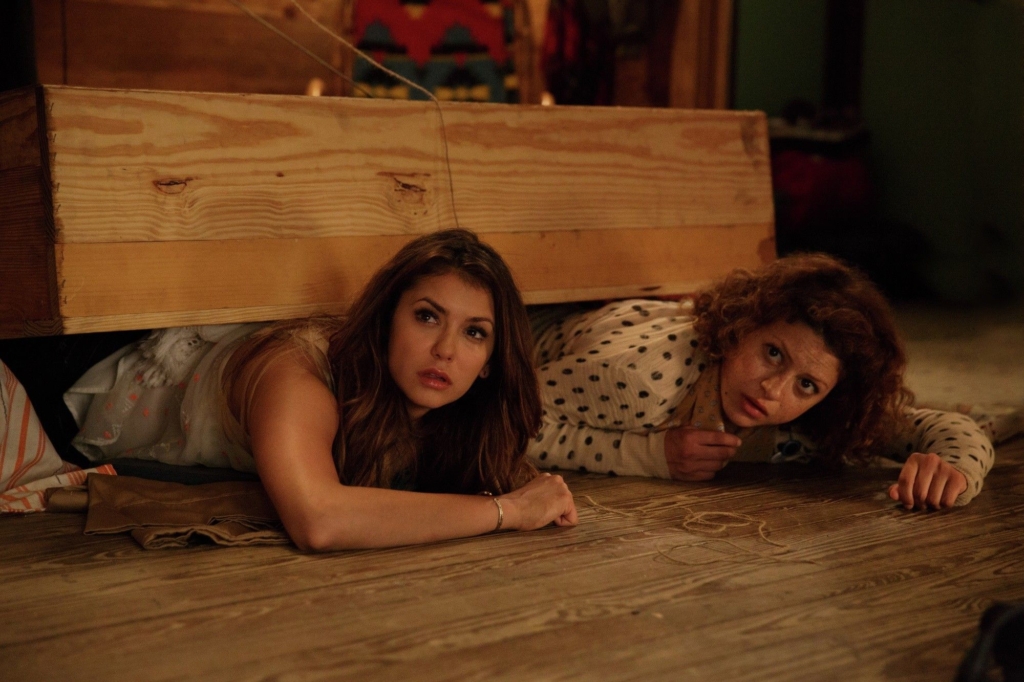
For some, the meta approach to horror movie filmmaking can either be the best way to invigorate the genre (see: Scream, 1996) or the most misunderstood piece of cinematic genius you could imagine (see: Rubber, 2010). Either way, the best part of meta-horror is that – as fans – you’ve seen this a million times.
Every scare. Every kill.
Wash. Slash. Repeat.
That’s what makes it work.
In The Final Girls, audiences discover Max (Taissa Farmiga), still grieving the loss of her would-be movie star mother, Nancy (Malin Ackerman). But when Max agrees to attend an anniversary screening of a slasher film – her mother’s most popular film – she and her friends find themselves inexplicably transported into the picture and suddenly the would-be victims of big screen psycho killer Billy.
Aided by the slasher film’s other characters, including Nancy herself, Max now has an opportunity to reconnect with her mother … if she can survive the final reel.
Inevitably, someone will suggest that a comedy can’t be a horror movie, disregarding films like Shaun of the Dead (2004) and An American Werewolf in London (1982).
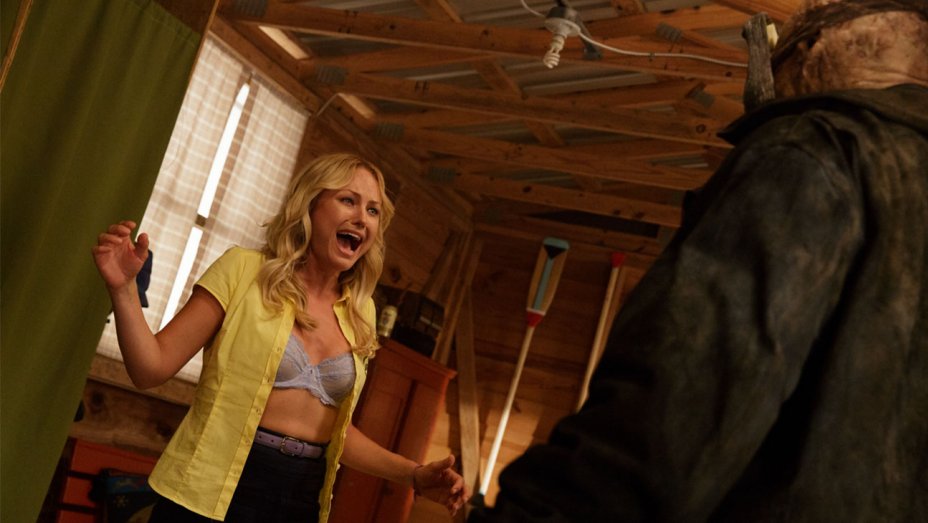
What makes The Final Girls so unique is not only that it’s hilarious (aided in no small part by its supporting cast of Max’s best friends and the oblivious camp counselors of Camp Bloodbath) and sports a number of creative scares.
But also that it’s a compelling piece of meta-horror, doing as much to illuminate horror tropes as Scream (1996) and Behind the Mask: The Rise of Leslie Vernon (2006).
This film possesses so much heart, which will inevitably make most viewers forget that they’re watching a horror film, reminding everyone of both their love of the genre and their love of family.
For those dipping their toe into the slasher subgenre for the first time, The Final Girls may be the perfect way to understand that no genre should take itself too seriously.
That’s what makes it work.
***


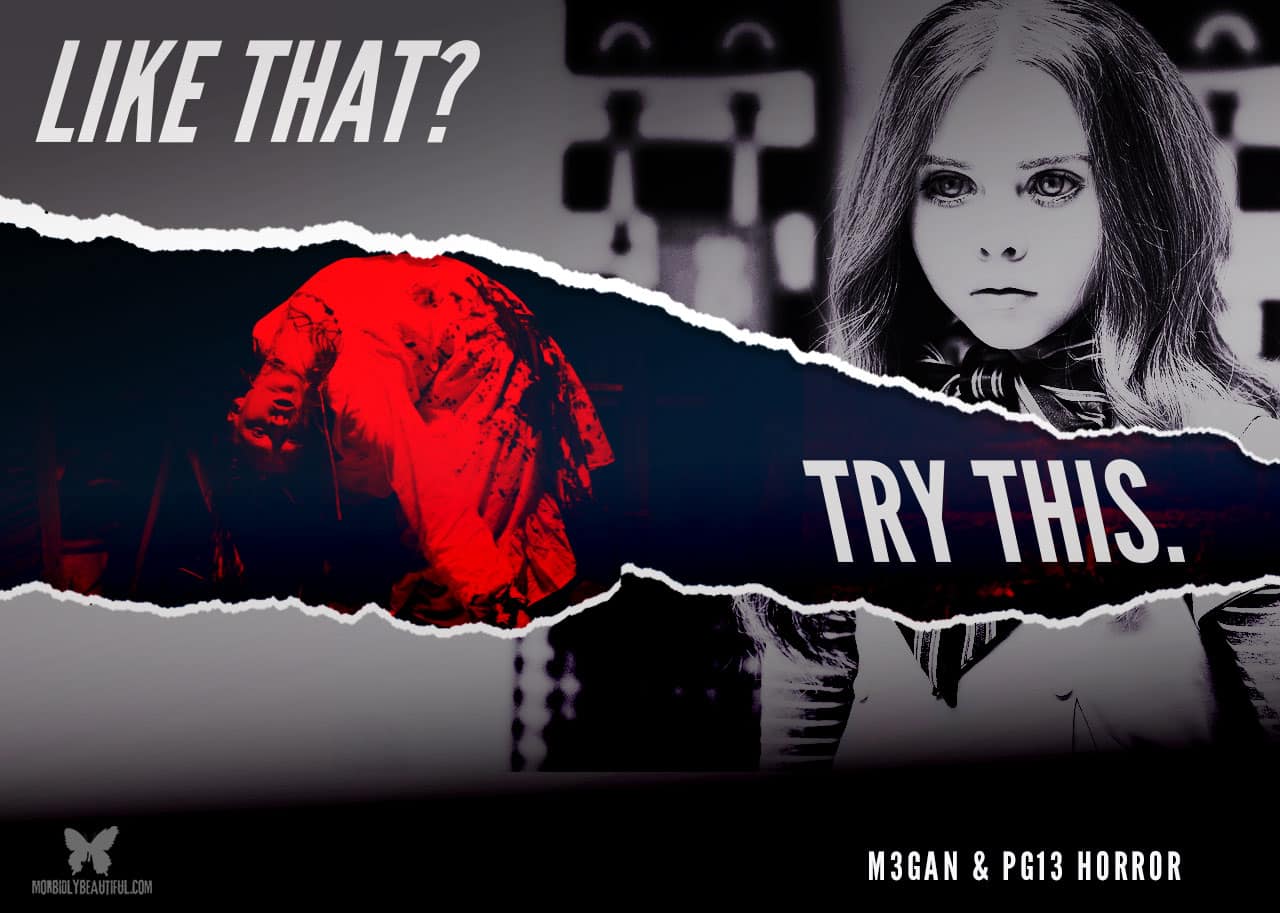

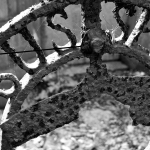

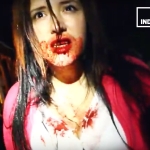







Follow Us!